To understand how rocks have changed through time, we use the concepts of stratigraphy. For example, these principles are used to calculate the age of different rock formations.
They are:
Law of superposition, original horizontality, lateral continuity, cross-cutting relationships, inclusions, unconformities, and fossil succession.
Law of Superposition
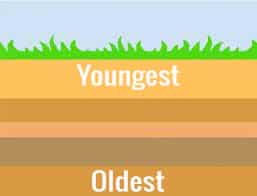
In general, rock layers on the top are younger than those on the bottom. You can’t add another layer to a cake or a book stack until the first one is complete. In general, if we understand the Law of Superposition, we may infer the ages of these geological formations. Take a look at the uppermost layers. – Unit K (dark green) is younger than Unit J (burnt orange) since it is located on top of it; this is also reflected in the relative age dating.
Law of original horizontality
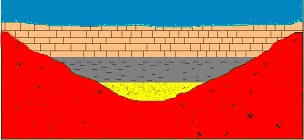
According to the Law of Original Horizontality, all rock strata are laid down horizontally at first, although they can subsequently be deformed. The tilting of the rocks suggests that something occurred to them. These include mountain-building activities like earthquakes and faulting. Damage has been done to the lowest rock strata, causing them to be tilted. After the tilting incident, the higher rock strata were deposited and are now flat again.
Law of lateral continuity

In accordance with the Law of Lateral Continuity, all rock strata can be broken up or displaced by subsequent occurrences. This might occur as a result of the eroding action of a river or stream. This can also happen when there is a malfunction. Faulting results in the movement of rock units. Using the figure, we can see that there is a gap between the layers. Locate matching layers by tracing the colors or text across the screen.
On one side, we can clearly see that Unit I (dark blue) is identical to the opposite side’s Unit I (dark blue). Missing rock and deformation-induced displacement are both factors to consider.
Law of Cross-cutting relationships
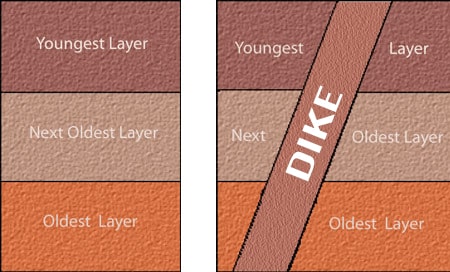
Cross-cutting relationships also help in the understanding of the timing of events. Contrasts in the traits of younger and elderly people are evident. It’s clear from this perspective of the fault that all of the offset rock strata were engaged in causing the movement of the fault. Rock beds that have been slanted and their connection to non-tilted rocks can be determined. Damage has been done to the lowest rock strata, causing them to be tilted. After the tilting incident, the higher rock strata were deposited and are now flat again.
Components are based on a straightforward premise. There must have been smaller rocks within a larger one before the larger one was created if you uncover a rock that has other smaller rocks inside of it.
The Principle of Faunal Succession
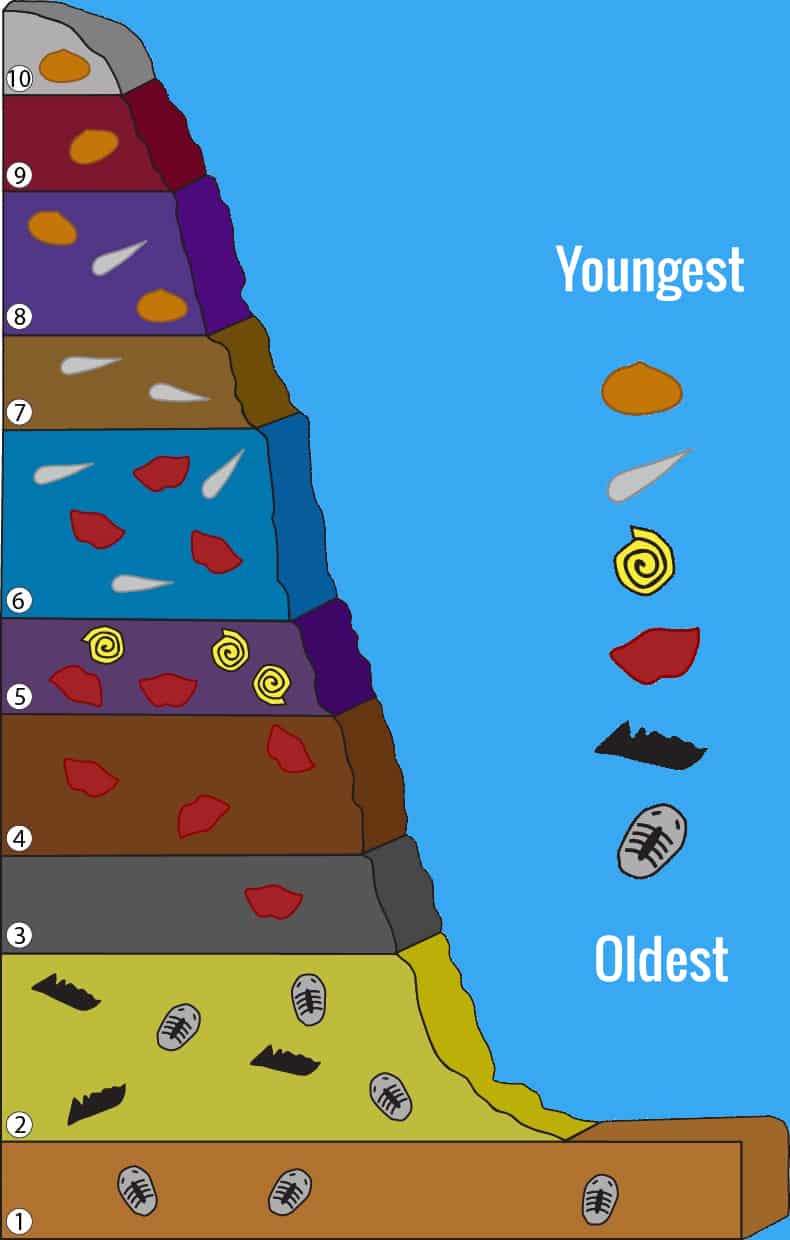
The Principle of Faunal Succession states that a species is born, lives for a period of time, and then perishes from the natural world. Fossil kinds discovered at various points in history might be utilized to help narrow the search. Each fossil has a ‘beginning appearance datum’ and a ‘final appearance datum.’ This is just a comparison of the oldest and latest known occurrences of the same fossil.
Genuine and comprehensible is the sequence in which fossil-bearing rocks occur. A variety of historical periods’ worth of fossil material in rocks may be detected and separated (Boggs, 2012). By working in the field and investigating the Earth, geologists gain this expertise! Fauna from the Ordovician and Mississippian periods may clearly be recognized. It is possible to link rock units across continents by analyzing fossil assemblages.
Unconformities

Geologic principles and fundamental stratigraphy include the idea of unconformities (the study of rock strata). Some of the rock album’s unconformities might be a result of many methods. Examples include erosion, deformation, and changes in sea level. There are three types of deviations: Discontinuities, nonconformities, and angular inconsistencies are all forms of nonconformity.
Angular unconformities
Older rocks have been tilted and eroded, and a fresh layer has been deposited on top of the erosional surface to generate angular unconformities. A mountain-building event triggers the tilting process, but the mountains aren’t the only area where it may have an effect.
Disconformities
A disconformity is a surface formed by erosion between two sets of rock strata. Like angular unconformities, the older rock strata are not tilted. Disconformities are often difficult to identify because of the difficulty in locating the erosional surface.
Nonconformities
It is called a nonconformity when two types of rock don’t line up perfectly. How igneous and sedimentary rocks are differentiated is through this method. As a general rule, unconformities of this sort suggest that the younger sedimentary layers were amassed during an extended period of erosion.
Law of Inclusions
If a rock body (Rock B) includes fragments of another rock body (Rock A), it must be younger than the rock fragments it contains, according to James Hutton’s Law of Inclusion. Rock A, the invading rock, must have been there first in order to supply the shards.
law of faunal succession
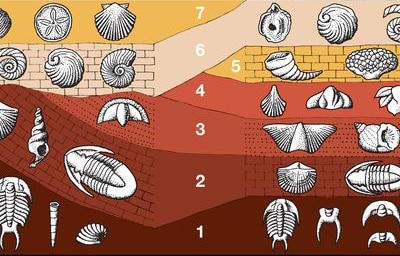
The rule of faunal succession refers to the finding that fossil plant and animal assemblages follow or succeed each other in time, even if they are discovered in separate locations. For example, a composite section representing Earth’s history has been built together from the Cambrian Period’s beginning 541 million years ago by combining strata and their supporting fauna. French scientist Georges Cuvier, in his 1812 research of marine invertebrates and terrestrial vertebrates in the Paris Basin, came up with the notion.




[…] stratigraphist is a scientist who specializes in the study of stratigraphy, the sequence, and arrangement of rocks, sediments, and fossils in the Earth’s crust. […]